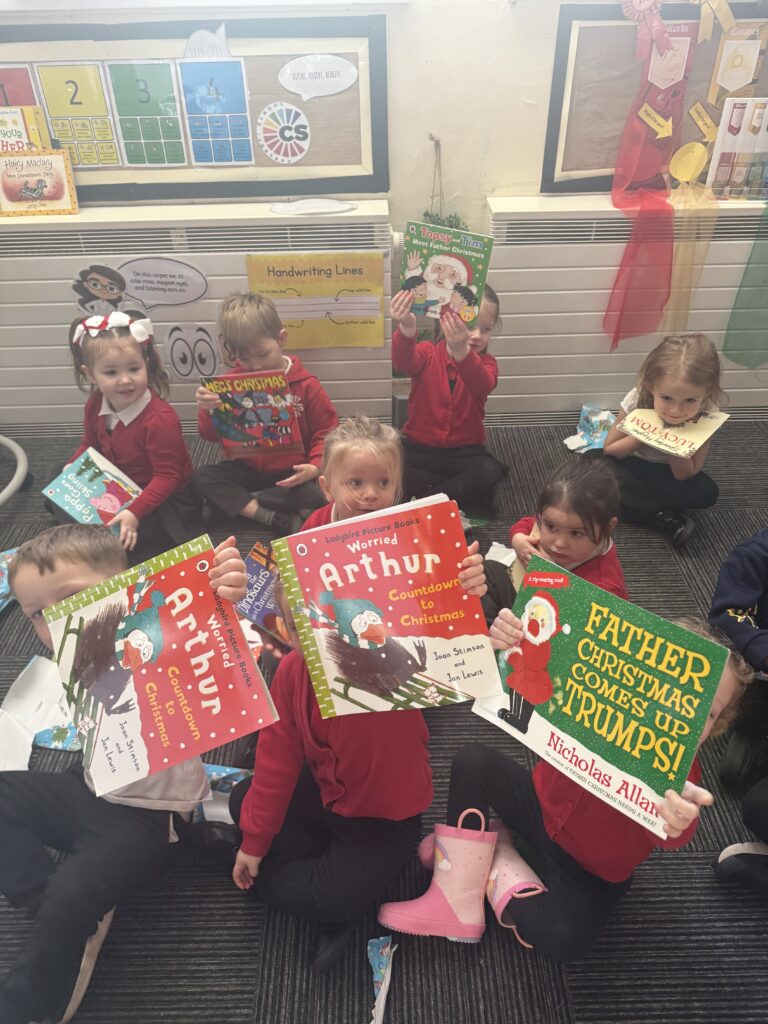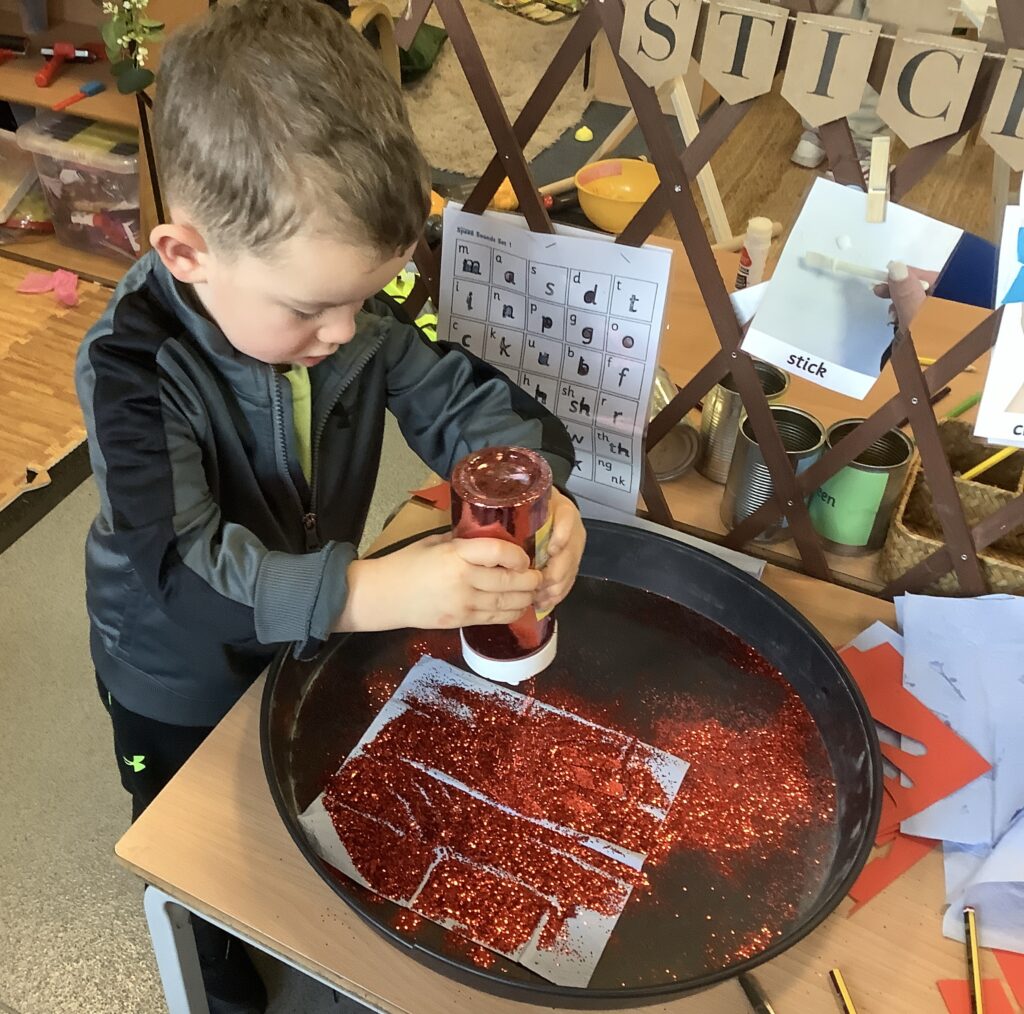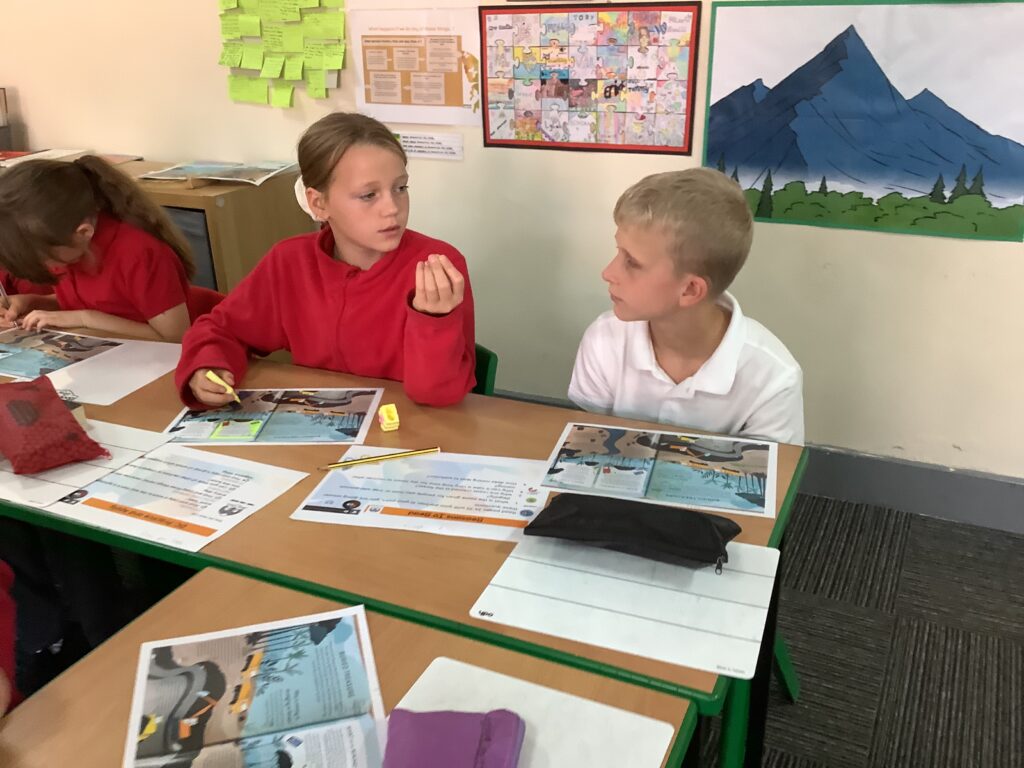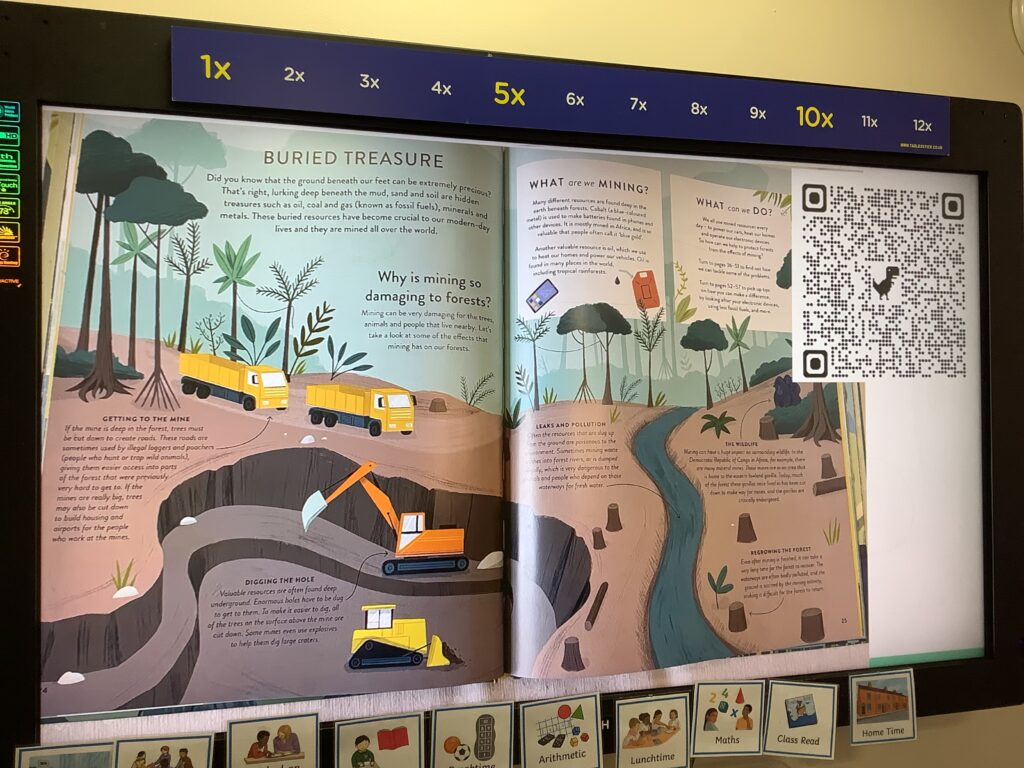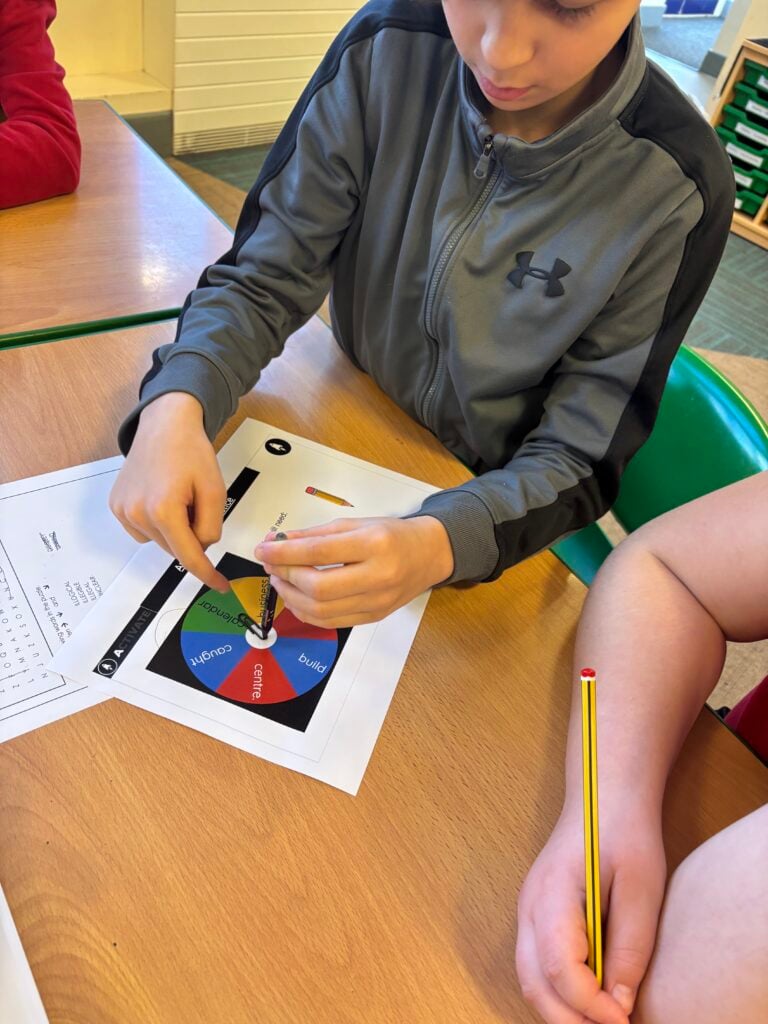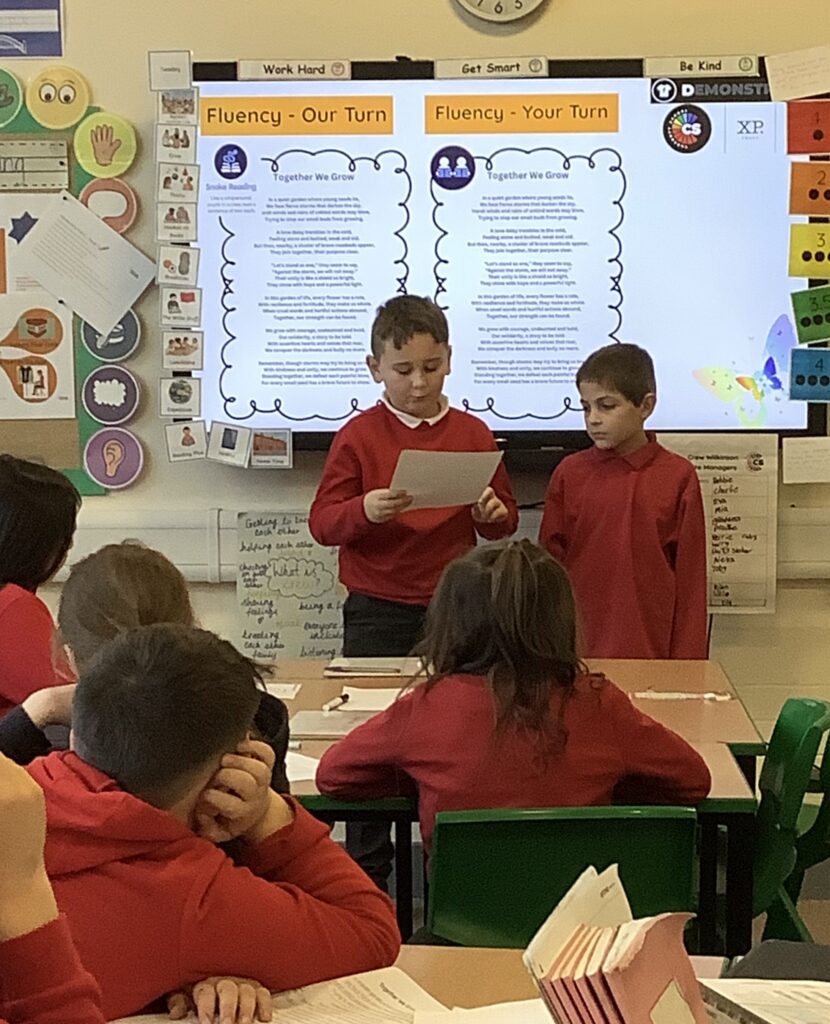This week, our Reading Buddies programme has been in full swing, and it’s been brilliant to see. Our older, confident readers have been supporting younger students with their pre-reads, helping them practise tricky words, build fluency, and talk about the story before they meet it in class.
They’ve shown maturity, independence and genuine care in the way they guide and encourage their partners. The younger children have absolutely loved the one-to-one attention, and their confidence is growing every session.
It’s been a lovely reminder that reading isn’t just a skill, it’s something we share as a community.







